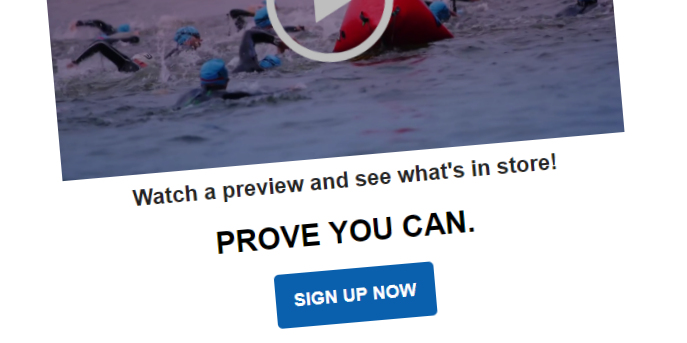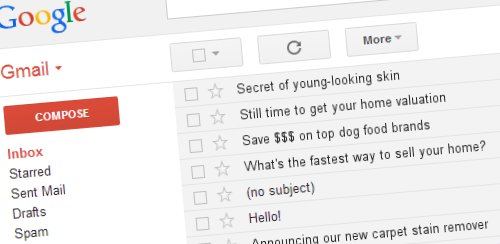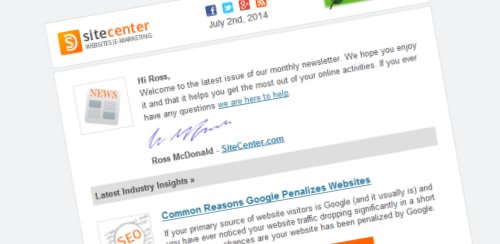Email marketing offers a direct line of communication between you and your customers, through which you can promote your brand and encourage sales. Yet many business owners make simple mistakes that significantly reduce the impact of their emails. Here are the five most common email marketing mistakes and how to avoid them.

1. Not Segmenting Your Mailing List
If you operate an extremely niche website this point does not apply to you, but the chances are your customers or website visitors can be sub-divided into different categories of interest. Sending emails that are of no interest to certain customers will reduce the number of people who read your emails and will damage the perceived value of your emails. Here are some examples of how a mailing list can be segmented so that the right message can be sent to the right recipients:
- Subscribers who have already made a purchase from you versus those who have not (one group will require more persuasion from you, where as the other may just need reminded that you still exist should they want to purchase again).
- Customers who have purchased one type of service or product versus those who purchased another type (each group will obviously be interested in different topics and services/products).
2. Not Personalizing Your Emails
More data is collected, and that data is more accessible, than ever before. The likelihood is that you own and have access to a database that contains a lot of information about your subscribers. There is therefore no excuse to address everyone in your mailing list with "Hi" instead of, for example "Hi John". The first reason to do this is to demonstrate that you know them and that your email is probably not spam. It's also a good idea to humanize your emails further with a conversational tone and the sender's name.
3. Not Using Tracking
If you don't know how many emails from your last email marketing campaign were opened, how many people clicked on links within them to your website, and how many sales or inquiries were subsequently generated, how do you know whether it is worth investing any time or money into another campaign? Most email marketing tools have basic functionality to track this information, but you can also gather some of this information using Google Analytics.

Once you are collecting this information you can stay on top of any unusual activity. For example, if a large number of people suddenly unsubscribe you can investigate what made that email different and less welcome than others, or if you suddenly generate a lot of sales from an email you can find out what prompted more recipients to click on links to your website.
4. Not Being Consistent
While you should keep your email content fresh and varied, if you send out a newsletter it is important that recipients know roughly what to expect. If your subscribers know and like the format of your email and know when to expect it, they are less likely to unsubscribe than if you send a different kind of email at an apparently random frequency. You should select a set time of day, week or month that suits you to send your marketing emails and stick to it. It's also vitally important to be consistent with the quality of your email content and to always offer value. If one of your emails is of poor quality your subscribers might forgive you, but if you send several in a row you are likely to lose a considerable portion of your mailing list. You should also frequently ask your subscribers what they like about your emails and what they would like to see more of.
5. Not Promoting Your Business
Remember at all times that the reason you are engaging in email marketing is to promote your business, and that your recipients expect this to some degree. While your subscribers do not want to be bombarded with promotion emails and sales pitches, it is normal and expected for you to accompany valued content with a promotional message. The only way that you will convert more subscribers into more customers is to feature at least one call-to-action (such as "Click Here to Find Out More" or "Schedule a Consultation") in each email, with a link to your product/sales information page or inquiry form.

Conclusion
For most businesses, email marketing is an important way to stay in touch with customers (and potential customers),but as we have seen, simple mistakes can dramatically reduce the impact of your emails and in the long term decrease your customer base and number of sales.


